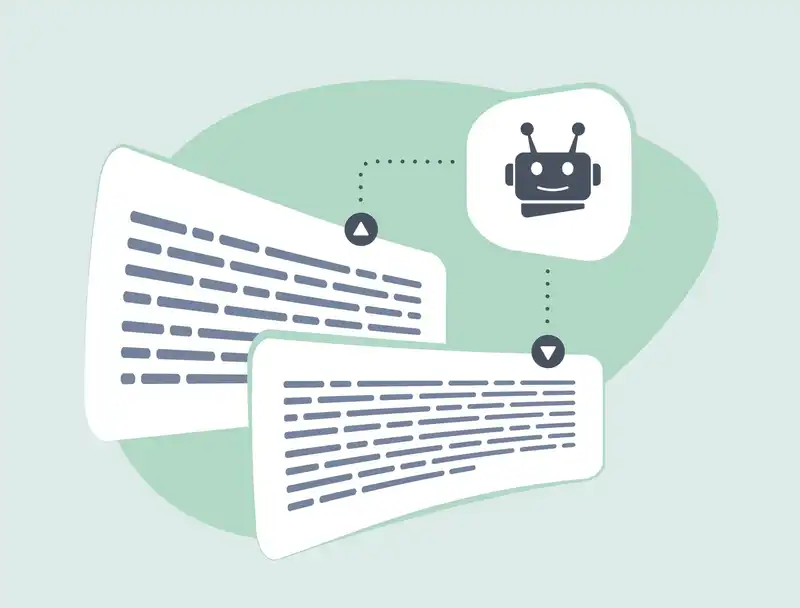This is the next case study done base on the book Managing and Using Information Systems: A Strategic Approach by Pearlson, Sauders, and Galletta.
Zipcar is a car-sharing alternative to traditional rental agencies for customers that just want to rent a car for a few hours instead of days and around their own neighborhoods. Users don’t need to visit a physical office in order to receive their designated car because much of the process happens online via Zipcar’s website or mobile app.
Additionally, the cars are usually available within walking distance and customers can unlock and use the vehicles with a card provided by Zipcar. This can be achieved by the use of proprietary technology developed by Zipcar that also tracks some of the vital functionalities of the vehicles such as hourly usage, gas availability, security, mileage, etc. These information resources allow Zipcar to have a small staff that provides 24/7 support for its customers which gives and maintains a competitive advantage over traditional rental car agencies that are only open during office hours.
The following sections provide more information on how Zipcar could gain and maintain a competitive advantage over its opponents in the field of car-sharing and car renting.
Applying the resource-based view to sustain competitive advantage
Competitive advantage could be defined as a significant advantage that a company has over its competition that could result in higher quality products/services and/or lower costs (Stair & Reynolds, 2016). The resource-based view or RBV allows an organization to understand the value created by its strategy and the competitive advantage provided by the use of resources. This competitive advantage can only be sustained when the organization is creating more value than the marginal ones in its industry and other organizations are not able to duplicate this strategy (Barney & Clarc, 2007).
Zipcar changed the industry by bringing a Web 2.0 approach into the field. They try to use automatization for most of the tasks that could be done by a person inside a traditional rent-a-car service. This helps the company to go from 430 members and 10 cars in October of 2000 (Ancona & Reavis, 2014), to 900,000, and around 10,000 cars in three countries.
Based on the resource-based view, this is how information resources could have been used in order to gain or sustain competitive advantage:
- Everything is basically done online and there is little interaction between the customers and the staff of Zipcar. This allows spending less money on personnel compared to traditional rent-a-car agencies.
- The company owns a patented wireless technology that allows keeping track of battery voltage, fuel level, car security, etc. In addition, it has an overall IT platform that keeps data flowing between customers, cars, and Zipcar. This gives a competitive advantage because Zipcar can provide a 24/7 service, and without the customers going and making long lines in the physical location of rental agencies. This wireless technology also lets customers have a real-time list of cars that are available for rent around their areas which in contrast with the traditional renting agencies, they would have to visit the location in order to see what is available without having the option to go to the closest car as the one provided by the Zipcar app. Rob Weisberg, the chief marketing officer at Zipcar said: “When you think about the member experience, what makes it a seamless and enjoyable experience for the consumer is the technology infrastructure” (Boone, 2011). Thus, information resources are necessary in order to keep and maintain a competitive advantage by keeping their customers happy.
- They created a social networking platform for users of Zipcar. That encourages “Zipsters” to comment about their trips and experiences using the application. This serves as a way to freely advertise the company and inform new customers about the company.
The synergy between the business strategy of Zipcar and information technology
The synergy between the business strategy of Zipcar and information technology is evident in the use of technology in almost all aspects of the company. I consider Zipcar as a tech company that provides cars to potential customers that would like to rent those cars for a limited time in comparison with rent-a-car services that it is usually renting cars for days. Technology is an essential component that makes it possible for Zipcar to achieve its business goals. They use a web application as well as mobile apps in order to allow the customers to find and rent cars within a walking distance without having to go to a physical rent-a-car agency.
Additionally, Zipcar is marketing its overall technology (hardware and software) to city governments like Washington, D. C. with the potential that cities can save 1 million a year by integrating Zipcar’s wireless systems into their fleet (Keegan, 2009). Further, the marketing is data-driven in order to personalize the services and create opportunities for Zipcar (Laskowski, 2013). For example, Zipcar was able to grow more than 40% by just advertising to its target audience in 2009 (Kuzmeski, 2010). This demonstrates that providing information technology services for cars is part of their business strategy.
The network effects that are part of Zipcar’s strategy
The network effects happen when the value of a product increases as the number of users increases (Baltzan, 2013). The network effects implemented in Zipcar’s strategy are based on the use of their mobile app and website. Thus, the more users they get to register with their mobile app and website, the bigger the network of users that have the potential to rent cars. Furthermore, the use of online communities and social media for their users called “Zipsters” reinforces the network effects because it encourages users to share and promote their experience with others.
When the network increases, it adds value to Zipcar because more users will be available to rent the cars and by receiving payment from the users, Zipcar can increase the number of vehicles available and so the profits.
As the CEO of Zipcar, what is the most threatening competition?
As the CEO of Zipcar, there are several companies that can compete directly with Zipcar. Car2Go and Turo are two examples to consider as competition. Additionally, there are other companies that are owned by already established organizations that have the resources to compete with Zipcar. For example, GM has a Maven which is very popular with Millenials with 80% of its users being between 18 and 34 years old (Muoio, 2017). However, I will concentrate on Getaround as a direct competitor which has five million users and 20,000 cars worldwide (Dillet, 2019). It is basically the same service as Zipcar but with the difference that people not only rent cars, they are also able to share their own cars and put them for rent. This might be an advantage for Getaround because they can expand to other cities without the need for investing in new vehicles.
As the network effects are fundamentals for Zipcar, it is necessary to adopt some of the Getaround strategies and allow car owners to share their cars on the platform and increase the user base. This will expand the available vehicles to rent on the service with only the cost of the equipment needed to install in the car for its operation. Zipcar already owns the patented equipment and runs its platform. Thus, it is feasible to expand the operations to car owners that want to share their cars because they have the technology to do so at little cost.
One of the main issues with Zipcar is that they don’t have sufficient cars and customers might have to way or look for alternatives. For example, Aaron Howard, a loyal user of Zipcar had a bad experience in just a matter of two days (Bernard, 2011). When trying to get the rented car from its designated location, he found out that the car has not been returned yet (Bernard 2011). In addition, the customer service could not help because there were no cars available in the area (Bernard 2011). These types of issues could be avoided if there were more cars for rent by allowing car owners to share cars on the platform.
Reference
- Stair, R. M., & Reynolds, G. W. (2016). Fundamentals of information systems. Boston, MA: Cengage Learning.
- Barney, J. B., & Clarc, D. (2007). Resource-based theory: creating and sustaining competitive advantage. Oxford: Oxford University Press.
- Ancona, D., & Reavis, C. (2014, January 24). Robin Chase, Zipcar, and an Inconvenient Discovery. Retrieved January 20, 2022, from https://mitsloan.mit.edu/LearningEdge/Leadership/Pages/Zipcar.aspx.
- Keegan, P. (2009, August 27). Zipcar – The best new idea in business. Retrieved January 20, 2022, from https://money.cnn.com/2009/08/26/news/companies/zipcar_car_rentals.fortune/.
- Baltzan, P. (2013). Business driven technology (5th ed.). New York: McGraw-Hill/Irwin.
- Laskowski, N. (2013, August 29). Zipcar CMO taps data-driven marketing to personalize the business. Retrieved January 24, 2022, from https://searchcio.techtarget.com/news/2240204410/Zipcar-CMO-taps-data-driven-marketing-to-personalize-the-business.
- Kuzmeski, M. (2010). …And the Clients Went Wild! How Savvy Professionals Win All the Business They Want. United Kingdom: Wiley.
- Boone, L. E., Kurtz, D. L. (2011). Contemporary Business. United States: Wiley.
- Bernard, J. M. (2011). Business at the Speed of Now: Fire Up Your People, Thrill Your Customers, and Crush Your Competitors. Germany: Wiley.
- Getaround. (2019, October 17). Retrieved January 25, 2022, from https://en.wikipedia.org/wiki/Getaround.
- Muoio, D. (2017, October 10). I tried GM’s Zipcar competitor that’s wildly popular among millennials – here’s the verdict. Retrieved January 26, 2022, from https://www.businessinsider.com/general-motors-maven-car-sharing-service-review-2017-10/.
- Dillet, R. (2019, October 1). Drivy rebrands to Getaround six months after acquisition. Retrieved January 26, 2022, from https://techcrunch.com/2019/10/01/drivy-rebrands-to-getaround-six-months-after-acquisition/.




